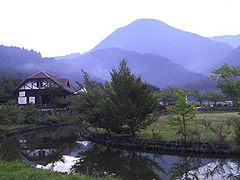
You can enjoy canoeing and fishing on the nearby riverbank, and there is also a hot spring for rent. The site is 41 sections of turf and 3500 yen per section. All with AC power (usage fee 1000 yen). You can also use only the hot springs. Hot springs 300 yen per person. It is also possible to use with pets. Dog runs are also available free of charge for campers.
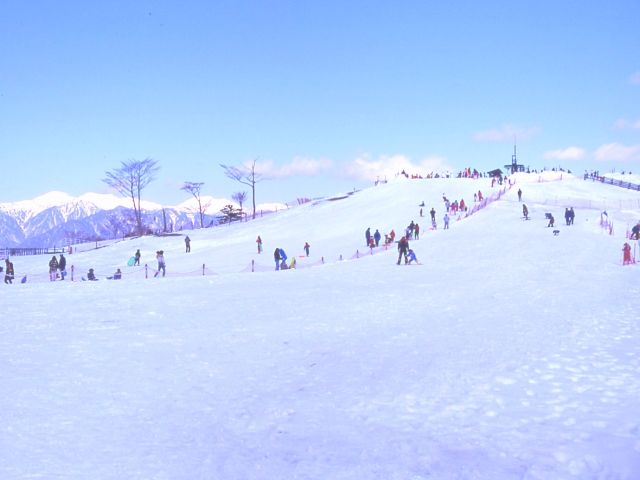
The ski area is about an hour and 45 minute drive from the city of Shizuoka. From the summit of the slopes, you can enjoy magnificent 360-degree panoramic views such as the Southern Alps and Mount Fuji. In the green season (spring/summer), in addition to skiing and mountain carting on snow mats, seasonal plants are also seen. In the winter season, there are ski slopes and soli-only slopes, where you can play at ease with a gentle slope and a conveyor lift.
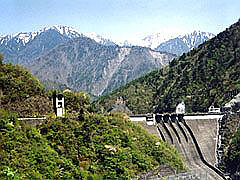
About 27km to go back up the Oi River from the Igawa Dam, it is a dam at the starting point of the Southern Alps mountain system, forming the artificial lake Hataginagi Lake. The surrounding area is approached by a mountain of 2000m above sea level, and it is known as a spot of fresh green and autumn leaves.
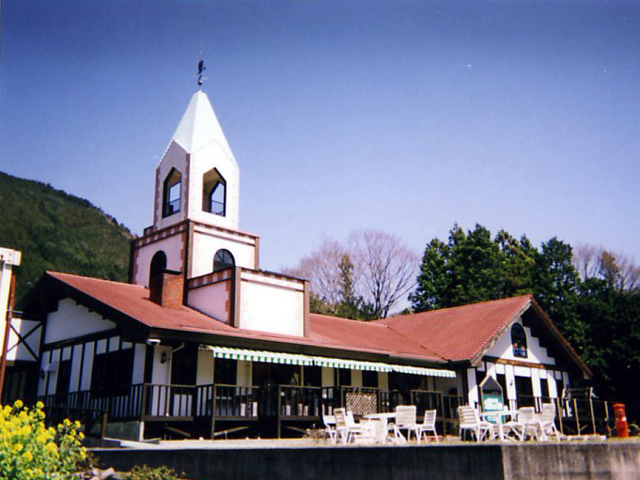
There is a tourist information center and a dining hall in the building, which is impressive with a church-style tower. Inside the hall there is an introduction panel for the South Alps UNESCO Eco Park, as well as information on Igawa's life and native food. You can also have lunch boxes when you book in advance.
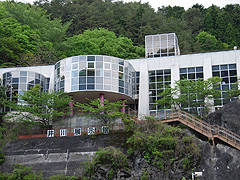
Introducing the relationship between the dam and the region, focusing on the mechanism of hydroelectric power generation. In addition to introducing the history of the development of power supply in the Oigawa water system, which began in the Meiji era, the company also displays models that faithfully reproduce water wheels and generators. The Igawa Dam, which is 103.6m high and 243m wide, is a must-see, overlooking from the observation salon, which can see 180 degrees. On the shores of Lake Igawa, there is a promenade with abandoned tracks, and you can enjoy a walk.
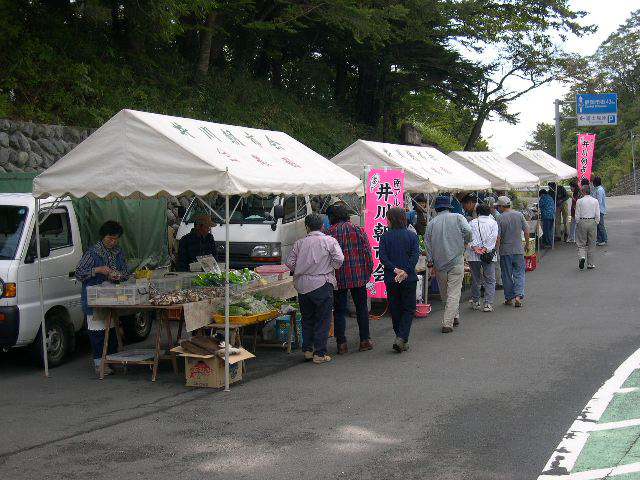
In the spring, summer, and autumn, the event will be held at the Igawa Kogen nature trail parking lot, Fujimi Pass. Local farmers will sell Igawa's specialty tea, wasabi, shiitake, and plateau vegetables. The opening date will be irregular due to the fact that there are fewer stores.
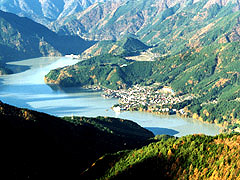
In 1957, an artificial lake created by the completion of the Igawa Dam. 2km east-west and 10km north-south with an elongated length. The dam is scissored, and on the other side of the lake a sheer mountainskin continues to the valley floor. The surrounding mountains cast shadows on the deep green lake surface, and the mysterious atmosphere. The view at the time of the fresh green is beautiful, but the autumn leaf season is also wonderful. The Igawa dam has a water storage capacity of more than 100 million tons, and the maximum output of the generator reaches 62,000 kw.
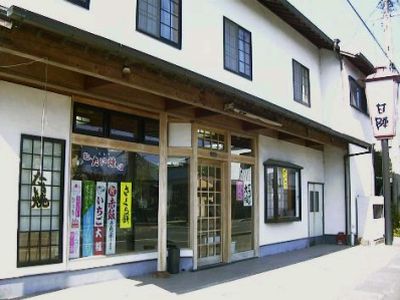
A store that sells original confectionery, using local specialty products. Japanese and Western sweets such as 540 yen for one bag of whitebass cookies kneaded with whitebait, 1620 yen for tea brandy cake made from Makinohara powder, 5 kinds of cream Daifuku including raw cream Daifuku, 150 yen each.
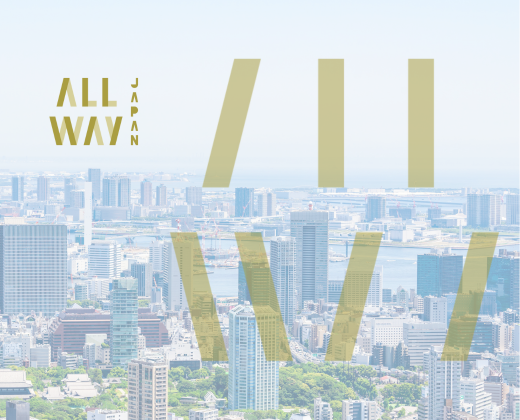
The site of Takeda's Koyama Castle, which was built during the Warring States period, is maintained as a park. The park is filled with lush green hardwood, and there is a lawn square, an observation deck, and Koyama Castle. In spring, the night cherry blossoms and the lighting up of the castle are fantastic.
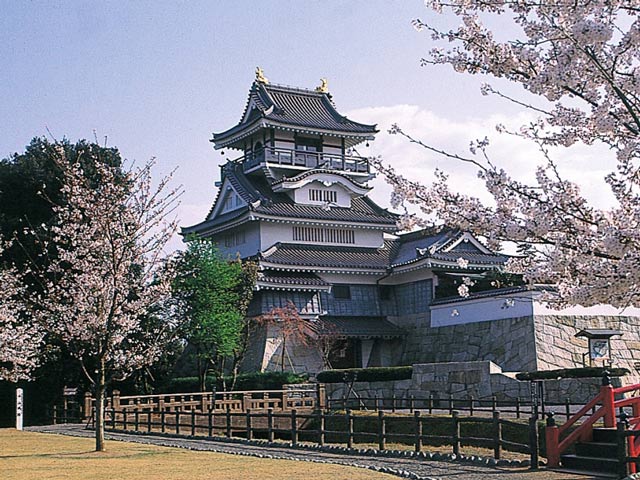
A three-tier, five-story castle located within the Noman-ji-yama park. Takeda's Hirayama Castle was built in the second year of the Sengoku period (1571), and Koyama Castle, which served as the stage for the battle against Tokugawa Ieyasu, has the remains of crescent moats and Maruma-daze. 1987 this observation deck was built at a height of 21m. The first and second floors are historical materials exhibition rooms, and there is a good view from the observation deck on the 5th floor, such as the World Heritage Mount Fuji.











